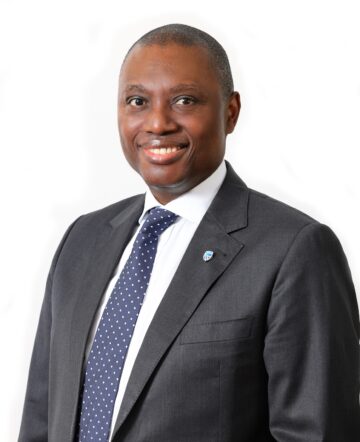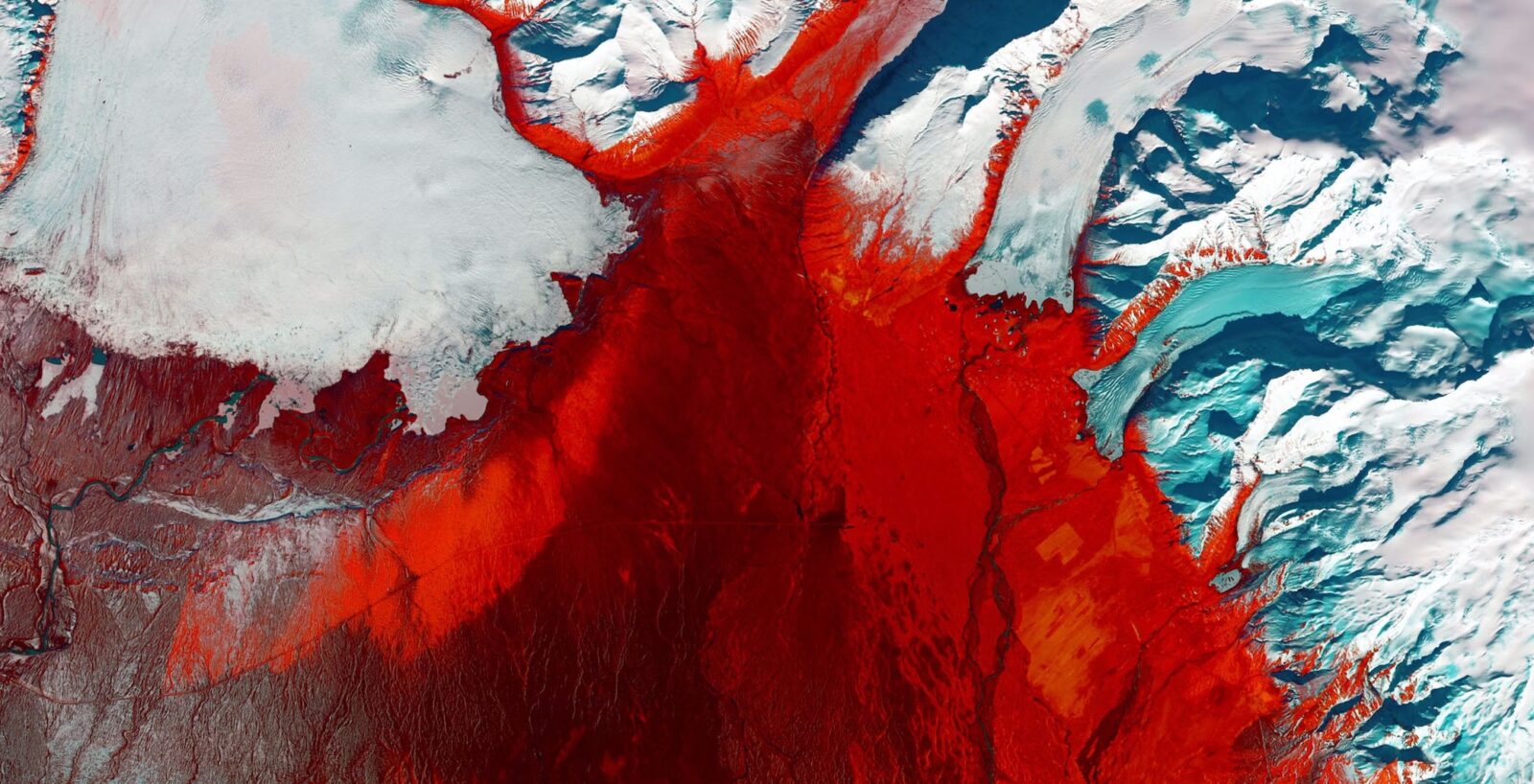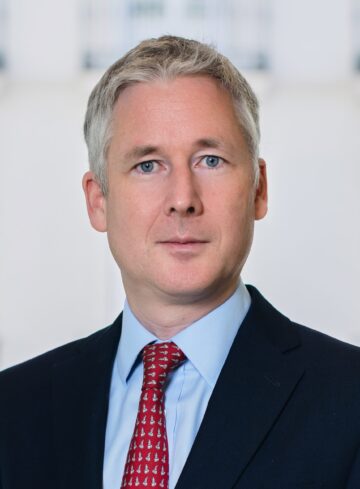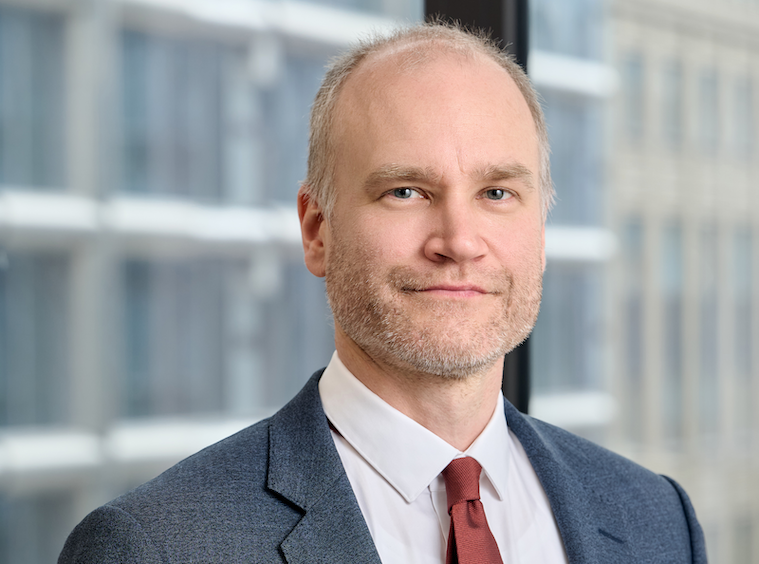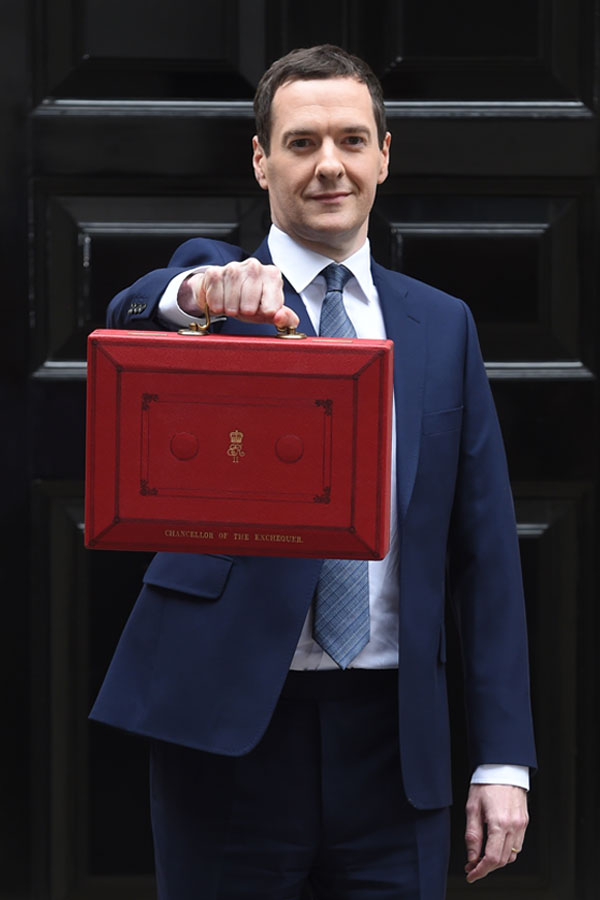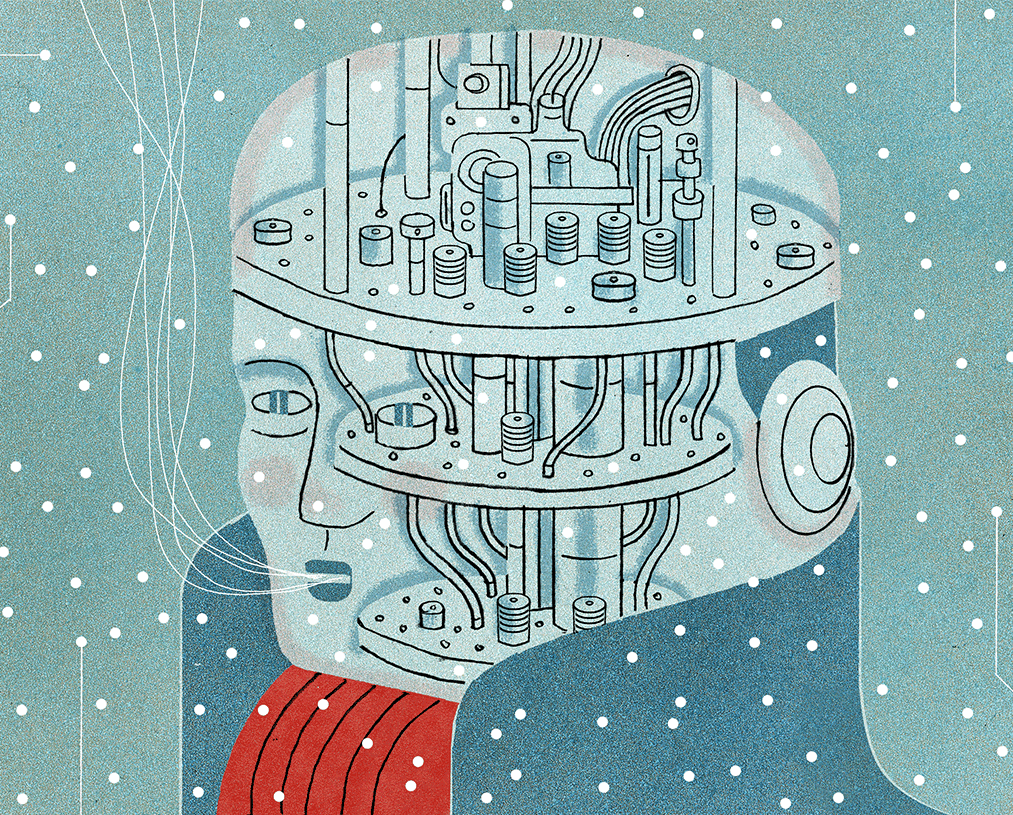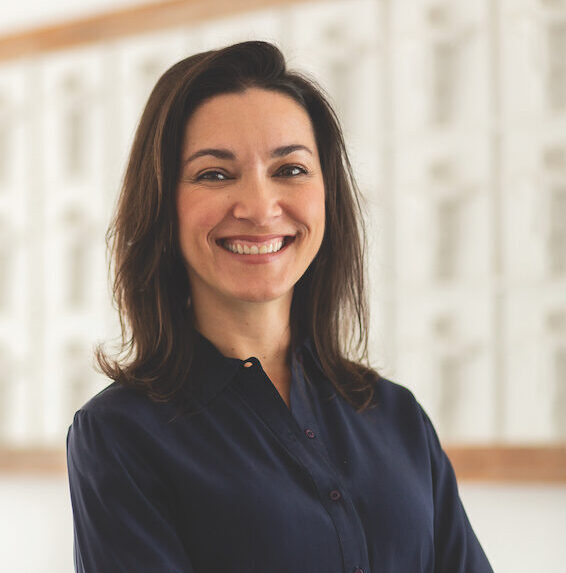Minerals to fuel the energy transition are the targets in a global race. Xcalibur Smart Mapping CEO Andrés Blanco describes the latest tools and commitments to unlock the value chain.
Xcalibur Smart Mapping utilizes advanced techniques to analyze terrain at various scales, including the enhanced false-color satellite image shown above.
In the first half of the 2020s we have witnessed increasing levels of economic competition between countries, regions and blocks. This has resulted in rising geopolitical tensions with corresponding impacts on growth, investments, industrial policy, supply chain resilience and economic security.
A significant thread connecting all of this is the supply of critical raw materials essential to the energy transition and to strategic industries such as semiconductors. With the world currently dependent on China for the supply and processing of many of these minerals—including lithium, nickel, cobalt and rare earth elements—the race to diversify has already begun.
In Europe, a new EU Critical Raw Materials Act was agreed in record-time and is now being implemented. The US has also made secure supplies of these minerals a priority. But understanding the need to diversify one’s supply of raw materials is but the first step, and a bigger problem remains: finding them. Entire new value chains (think batteries manufacturing) depend on knowing where to look for the necessary raw materials. The search is on for these critical resources, hidden underground and often in remote areas of the world.
Andrés Blanco knows all about this. He is the CEO for Xcalibur Smart Mapping, a global leader in the airborne and mapping geophysics industry, based in Madrid. He speaks to us about Europe’s homework when it comes to developing new raw materials value chains, what constitutes a truly just global energy transition and why he considers his company to be a data company first and foremost.
You were at the World Economic Forum in Davos earlier this year. What is your main takeaway from your conversations there?
Well, it was my first time, so I felt a bit like I did on my first day at school, learning and discovering many things. The return of President Trump of course dominated conversations, but there was also lot of debate around the future of AI, climate change, the energy transition. Another big topic was the race to secure critical raw materials, which connects all the themes. And that really allowed us to join in and share our expertise and views.
Can you talk about that—about Xcalibur’s work?
Our technology allows us to survey, in scans from the air, the subsurface of the earth and create maps that can be used to infer the presence of critical minerals, among other uses. Discovering and mapping these minerals is becoming a key concern for governments and mining companies across the globe. It allows Xcalibur Smart Mapping to really be positioned at the epicenter of tectonic geopolitical shifts and the forefront of the energy transition.
Our geophysical and geological data information helps our customers understand what lies beneath the surface—whether it is minerals, hydrogen, geothermal, oil and gas, or water. Our technology uses airborne systems and remote sensing techniques, allowing us to map a region of any size, from a small area to a larger region or a country. Once we have done that, we also provide customers the tools to efficiently manage and visualize this new data. You could say we are a data company.

Xcalibur’s Air Tractor is optimized for low flying, resulting in improved data resolution.
Can you elaborate on that?
We are offering a comprehensive service that spans data acquisition, processing, management and interpretation of that data. Our value proposition focuses on transforming this data, which is often complex and hard to acquire, into actionable insights, facilitating informed decisions that promote sustainable ways of accessing and surfacing this natural capital. This data is truly strategic, and it is quickly becoming a key asset in the race to secure the minerals critical to the energy transition. In my view, strategic data on the composition of the subsurface is as much an asset as a railway line or a building. Such data could even be used as collateral to facilities access to international financing. So, the value we can bring to the table is essentially the acquisition and interpretation of this strategic data.
Everything around data is always subject to lots of innovation and competitive pressures. How do you stay ahead?
At the risk of sounding cliché, R&D is really in our DNA. We constantly strive to improve our sensor technology to achieve better signal-to-noise ratio, to allow us to map with higher resolution. That is very important, as some of these minerals are exceedingly difficult to map. We are even bringing in quantum technology to make our sensors at the same time smaller, lighter and even more accurate. Our latest breakthrough allows us to detect and monitor methane, hydrogen and CO2 emissions directly in the air, without having to take it to a lab first. And we invest heavily in AI and machine learning. We want to accelerate the process of mapping and improve the interpretation of the data produced by the mapping.
“You can use this strategic data as collateral to attract responsible financiers to secure investments along the energy transition value chain, creating employment and wealth locally.”
Your company is based in Europe, where mining has been dormant for decades. Is this now changing, for example with the new EU Critical Raw Materials Act?
Europe is an important market for us. We consider it a growth market. The CRMA does represent a significant shift in how Europe approaches the sourcing and management of essential materials. Currently, Europe is heavily reliant on imports, particularly from China. The CRMA aims to reduce this dependency by setting ambitious targets for domestic extraction, processing and recycling. However, things are developing perhaps a bit slower than we would like. There is also the need for a societal attitude shift. Promoters of new mining projects need to double their efforts to explain to local communities that today’s mining industry is light years away from invasive and destructive mining of the past. Nowadays you have mines with minimal environmental impact, where water is reused and recycled, et cetera. With responsible investors and partners, you get responsible mining.
Europe is ideally positioned to reap this opportunity. But currently they are focusing a lot—I would say perhaps too much—on the downstream parts of the new critical raw materials value chain. There is not yet enough emphasis on exploration of production. If you do not position yourself at the beginning of the value chain, others will do it instead of you.
The marginal investment necessary at the very beginning—for the mapping of the subsurface—is quite small and it is key to unlocking all the potential revenue further downstream. So, in developing countries, Europe could position itself as a trustworthy and equitable partner quite easily. But for that to happen, a radically different—but I would say long overdue if you look at some other sectors—approach to data is necessary. Information is king, also in the mining sector. Data is a strategic asset and it should be treated as such. That is not yet the case, particularly in Europe. The sooner decision makers realize and internalize that, the better.
What are some of the current or upcoming
projects that excite you the most?
I am very proud of all our projects, of course. We have partnerships and projects in Australia, the US, Canada, Turkey, Saudi Arabia, Zambia, Nigeria, Colombia, Brazil. In Europe, we are active in Spain, France, Portugal and Finland, to name just a few.
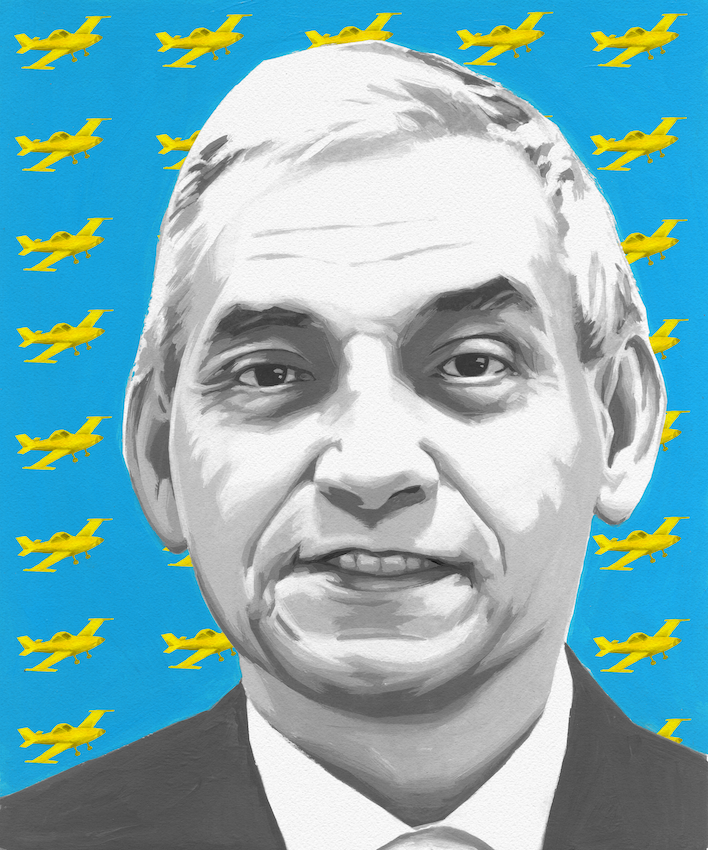
Is it a challenge to engage personally on such a global scale for a relatively small company like Xcalibur Smart Mapping? Or is it all business all the time?
Cultural nuances play a significant role in our interactions. Understanding and respecting local customs, business etiquette and decision-making processes are crucial for successful collaborations. You definitely need to be ready to face different discussions at different levels. While our own values, mission and core solutions remain consistent the way we approach and implement our solutions adapts to the situation at hand, whether it is a company or a government. And even each government is different. Their priorities are different, their objectives are different. With one government it can be quite a technical discussion, whereas for another one you are engaging with public leaders very directly and about concrete political or societal concerns.
What is your vision for the future of the energy transition and the role of critical raw materials?
I am convinced the energy transition is a must. But how to do it equitably? That is the big question. In terms of critical raw materials, we need to accelerate the extraction and production of these minerals, but we must do it the right way. That means not only with limited environmental impact, but also with social responsibility. That will allow us to accelerate new discoveries in previously unexplored areas in a sustainable way. I truly believe that a just transition can help reduce the breach between rich economies and developing countries.
Countries that have minerals critical to the energy transition should become truly integrated parts of the entirety of these new value chains. Of course, you cannot put a processing plant or a battery gigafactory in every country but let us get at least to a consensus that this transition effort can and needs to be a win-win proposition. These countries could then really accelerate their educational development and create a vibrant middle class. A just transition means that many more countries actively participate in the global value chain, ensuring that the benefits of economic development are distributed equitably.
“Our latest breakthrough allows us to detect and monitor methane, hydrogen and CO2 emissions directly in the air, without having to take it to a lab first.”
Why is it so important for developing countries to have this high quality data on their natural resources to participate equitably in the energy transition?
Unlike developed nations, which often have data, albeit sometimes outdated, many developing countries lack precise and up-to-date information on their natural capital. We can unlock such quality data for them. This is fundamental for both their economic growth and sustainability.
The data will make it easier for the relevant players in the industry and for responsible investors and financiers to put that country on the map. Leaders who really want to accelerate their country’s transformation and development are looking for support and partners. One way to do that is raw materials value chain projects.
Countries on the African continent, for example, actually still lack quality data, so a lot of information gathering and mapping is required. Having high quality, “strategic” data on where to look for these critical minerals in the first place means less risk for investors and financiers.
You can use this strategic data as collateral to attract responsible financiers to secure investments along the energy transition value chain, creating employment and wealth locally. With more, better information about where your potential resources are, you de-risk investment and reduce the cost of locating and digging them up. This in turn attracts responsible investors. Investors of course value transparency and effective management of natural resources.
It not only boosts the local economy but also promotes sustainable and responsible practices in resource exploitation further down the value chain.
In other words: The more and better information you have, the less risk is associated with these investments, meaning in turn less space for speculators—a virtuous circle.
Why did you get into this business in the first place? What excited you about the mapping industry?
It was clear to me that mapping natural resources was going to become a strategic area. And that it would be an area where having the most innovative approach and technology would cut through. I expect we will see a real arms race in innovative mapping technologies in the near future.
Where do you see the industry headed in the future?
The application of AI and machine-learning technologies will improve, accelerate and reduce the costs of mapping. Another exciting new trend will be drone-based mapping, as well as marine mapping. And if we look even further into the future: mapping other planets.
More from this issue
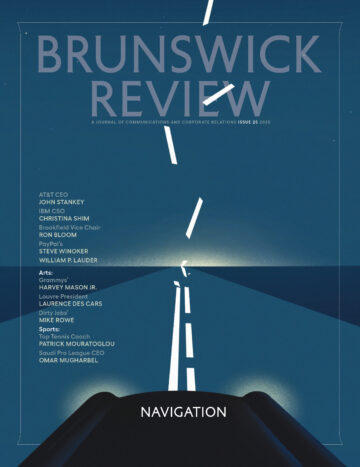
Navigation
Most read from this issue
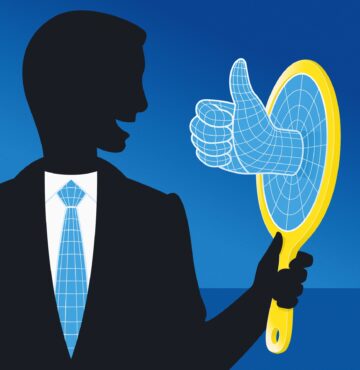
Algorithmic Relations
